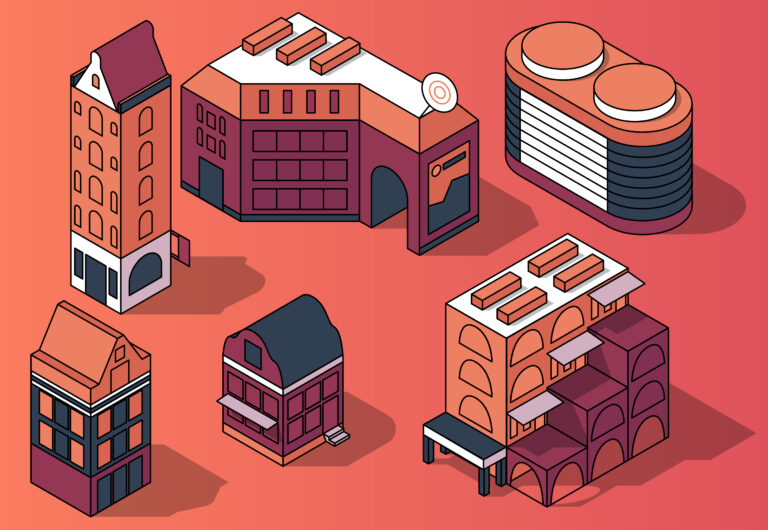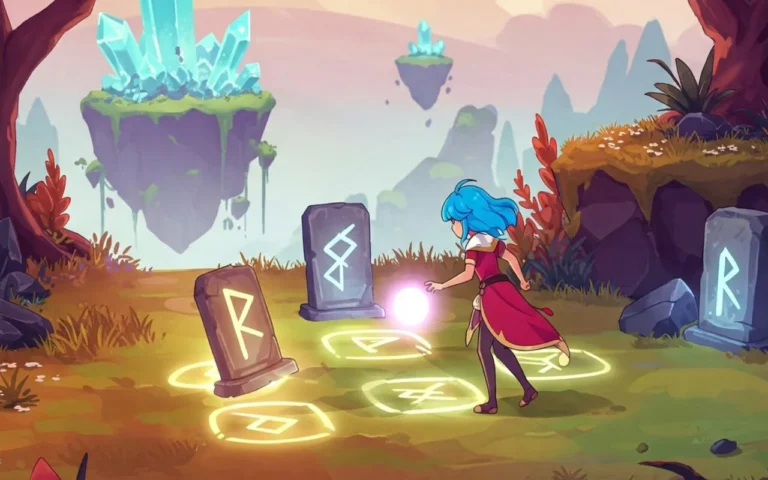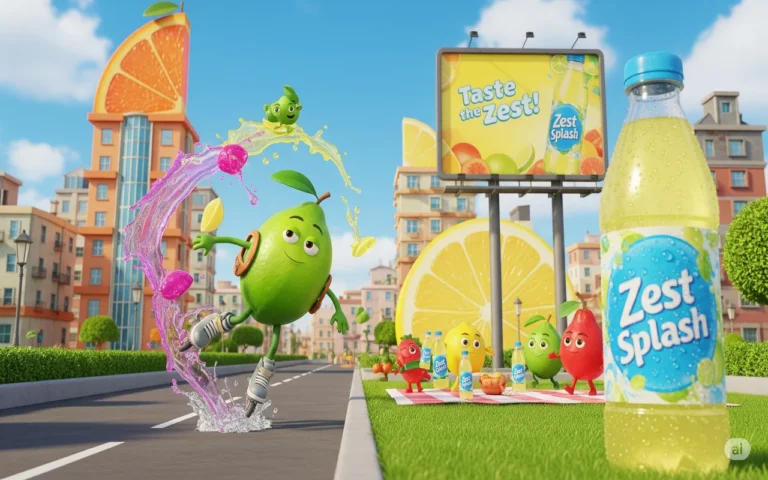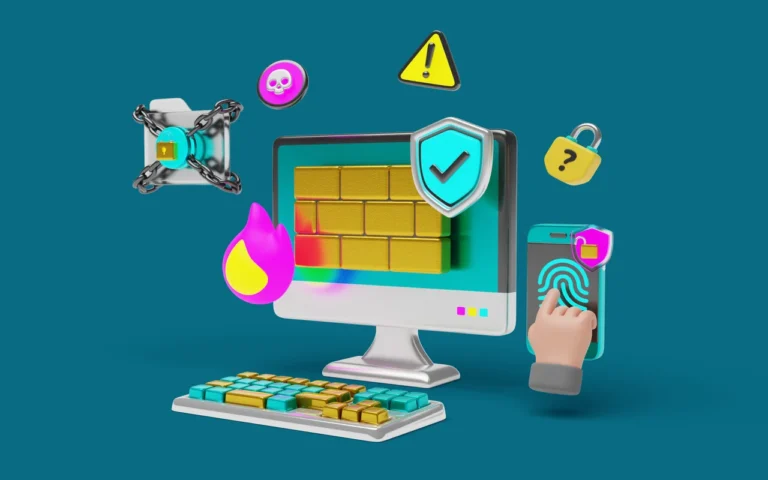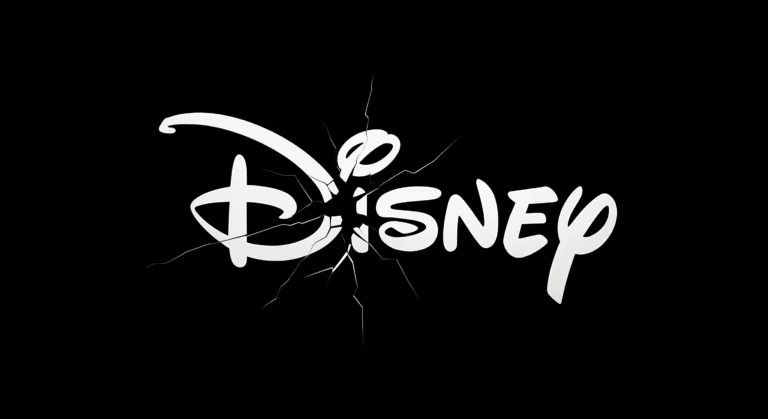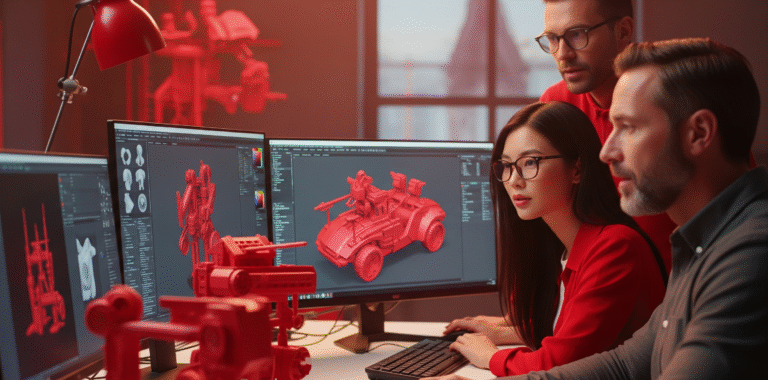In the world of 3D animation, creating realistic movements for characters, creatures, and objects requires more than just modeling and animation.
Behind the scenes, rigging artists play a crucial role in bringing these models to life by creating the “skeletons” and control systems that animators use to manipulate them.
Without rigging, 3D characters would be static and lifeless models that are unable to move naturally or perform the complex actions needed for animation.
Pixune Studio’s 3D rigging services allow you to have the most friendly and easy-to-control base structure for your production.
In this article, we will examine the responsibilities of a rigging artist, the skills required for the job, and the tools and techniques used in the rigging process.
We will also explore the different types of rigging, its industry applications, and the 2024 trends shaping the future of this essential role in the animation pipeline.


Need Game Art Services?
Visit our Game Art Service page to see how we can help bring your ideas to life!
What Are The Responsibilities of a Rigging Artist?
Rigging artists have a wide range of responsibilities that shape the overall success of every animation project.
While their primary job is to create rigs (skeletons) that animators can use to bring 3D models to life, their role often extends beyond that.
Here are some of the major responsibilities of a rigging artist:
1) Creating Skeleton Structures for 3D Models:
At the core of the rigging process is creating a skeleton structure, often called a “rig.”
This rig consists of joints and bones that will dictate how a 3D model can move. For characters, human or non-human, this means building a skeleton that mimics real-life anatomy, with proper joint placement for arms, legs, fingers, and facial features.
2) Designing Control Systems:
Once the skeleton is built, the next step is to create control systems that allow animators to manipulate the rig.
These controls are user-friendly interfaces that let animators move, rotate, and scale various parts of the rig with precision. For example, controls might be set up to allow an animator to move a character’s arm or bend a leg smoothly.
3) Implementing Deformation Techniques:
Deformation is how a rigging artist ensures that a 3D model moves and bends realistically. For example, when bending a character’s arm, the surrounding skin and muscles must naturally deform to avoid distortions.
Rigging artists use a variety of techniques to achieve this, including weight painting (assigning influence to various joints) and blend shapes (predefined shapes for facial expressions or muscle movements).
4) Collaborating with Modelers and Animators:
Rigging artists work closely with both 3D modelers and animators to ensure that their rigs are functional and practical. They may need to adjust their rigs based on animator feedback or modify models to accommodate specific rigging requirements.
5) Troubleshooting and Optimizing Rigs:
Throughout the production process, rigging artists are responsible for troubleshooting any issues concerning the rigs. These can range from technical problems, such as control systems not working properly, to artistic concerns, like unrealistic deformation.
Rigging artists must be adept at problem-solving to ensure their rigs function smoothly within the animation production.
The Must-Have Skills of Every Rigging Artist
A successful rigging artist requires unique technical expertise and artistic sensibility.
Below are some of the skills that are essential for this role:
1) Basic Understanding of Anatomy and Mechanics:
Rigging artists must have a fundamental understanding of human and animal anatomy to create rigs that move naturally without unwanted disjointment.
Additionally, understanding how machinery objects move is crucial for mechanical rigging and vehicle designs.
2) Proficiency in Rigging Software Tools:
Rigging artists must be proficient in industry-standard 3D animation software to create rigs.
Autodesk Maya, Blender, and 3Ds Max are some of the most widely used tools for rigging, and a deep understanding of these programs is essential.
3) Solid Problem-Solving Abilities:
Although Rigging may sound like a straightforward technical job, it can be a complex and intuitive process, often involving trial and error to achieve the desired result.
Rigging artists need strong problem-solving skills to tackle issues with joint placement, control systems, and deformations.
4) Collaboration and Communication:
Since rigging artists work closely with other departments, such as modeling, animation, and even lighting sectors, they need strong communication skills.
Collaboration is critical to ensuring that the rigs they create meet the needs of animators and fit within the overall project workflow.
5) Knowledge of Scripting and Automation:
While not always required or noticed, scripting knowledge is increasingly becoming valuable for rigging artists.
Being able to write custom scripts in programming languages like Python or MEL (Maya Embedded Language) can streamline the rigging process, automate repetitive tasks, and create more efficient rigs.
6) Artistic Sensibility:
Though rigging is a highly technical role, it also requires a keen artistic eye.
Rigging artists need to ensure that their rigs not only function correctly but also innovate expressive and believable movements. This is especially important in character rigging, where the goal is to bring characters to life with realistic expressions and fluid motion.
The Rigging Process: How Is the Workflow?
The rigging pipeline is a multi-step job that involves building the skeleton, setting up controls, and ensuring that the character or object can move naturally and realistically. Let’s break down the key stages of the rigging process:
1) Building the Skeleton!
The first step in the rigging process is to create a skeletal structure for the 3D model. This involves placing joints in strategic locations throughout the model.
For human characters, joints are typically placed at key points, such as the shoulders, elbows, knees, and hips.
For non-human creatures or objects, the joint placement will depend on the desired range of motion.
The skeleton or rig serves as the foundation for the rest of the rigging process, so the artists need to reflect the anatomy or mechanics of the model accurately.
2) Creating Control Systems:
After the skeleton is built, the next step is to set up control systems.
Controls are the tools animators will use to assemble their ideas on the rig.
Rigging artists can create different types of controls depending on the complexity of the rig. For example, a simple rig might have basic controls for moving and rotating limbs, while a more complex rig might have advanced controls for facial expressions, muscle movements, or secondary motion (like clothing or hair).
3) Skinning and Weight Painting:
Once the skeleton and control systems are in place, the rigging artist must “bind” the 3D model to the skeleton. This process, known as skinning, links the model’s geometry to the underlying rig so that the model moves with the joints.
Weight painting is a crucial step in skinning, as it determines how much influence each joint has over the surrounding geometry.
Rigging artists use weight painting to naturalize the movement so that deformations are smooth and realistic when the character moves.
4) Deformation Setup:
In addition to skinning and weight painting, rigging artists may use deformation techniques to refine a character’s body movement further.
This can involve adding blend shapes for facial expressions, setting up muscle systems, or creating deformers for specific body parts like the chest or thighs.
Deformation techniques allow for more complex and realistic movement, especially where muscles stretch and contract or where skin needs to fold naturally during motion.
5) Testing and Iteration:
Rigging artists typically perform repetitive motion tests to ensure the rig behaves as expected under different conditions. These tests involve how a character walks, runs, jumps, or makes facial expressions.
If any issues arise during testing, the rigging artist must go back to make adjustments.
Different Types of Rigging: a Fraction of a Whole!
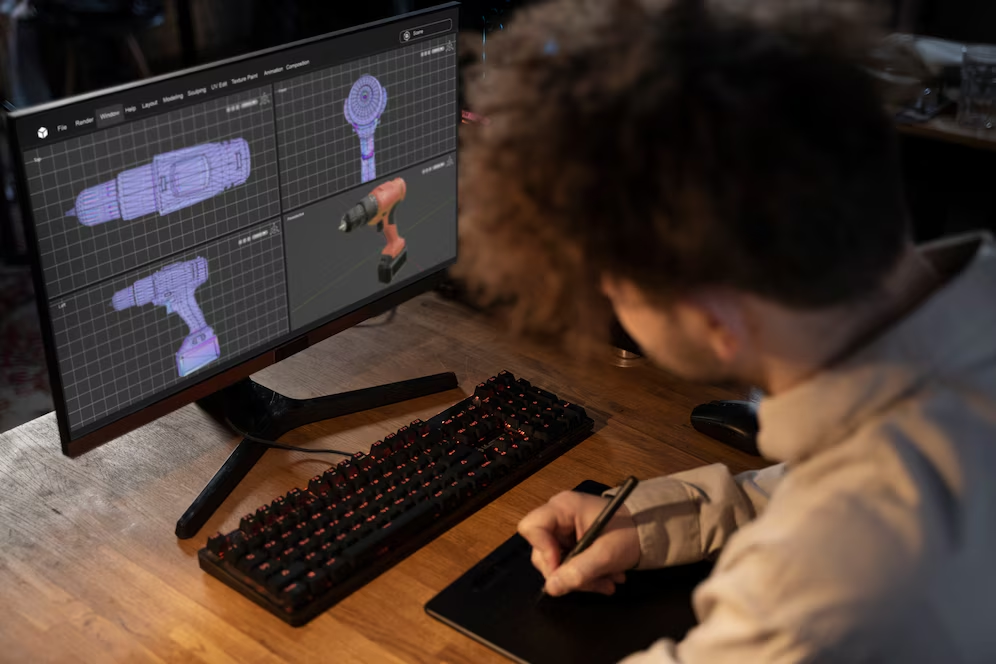
Several types of rigging are mainly based on 3D rigging, which artists can specialize in, depending on their desired projects, the industry’s needs, and the required material.
Here are some of the common types of rigging:
Character Rigging:
Character rigging is the most common type of rigging and involves creating rigs for human or mythical creature models.
This type of rigging requires a deep understanding of anatomy and movement to ensure that the characters can move realistically and express a wide range of emotions.
Mechanical Rigging:
Mechanical rigging is used to rig non-organic objects such as vehicles, robots, or machinery. This type of rigging focuses more on mechanical principles than anatomy, ensuring that parts move in a way that aligns with their intended function. Mechanical rigs may include constraints to ensure certain parts move together or rotate at specific angles.
Facial Rigging:
Facial rigging is a specialized subset of character rigging that focuses on creating rigs for characters’ facial features. This involves controlling expressions, lip-syncing, and subtle facial movements like blinking or raising eyebrows.
For facial animation, artists often use blend shapes and predefined variations of the character’s facial geometry that can be combined to create various expressions.
Creature Rigging:
Creature rigging is a more complex form of character rigging that deals with non-human characters, such as animals, monsters, or fantasy creatures.
Since the anatomy of these creatures can vary widely from the human form, rigging artists must have a strong understanding of diverse anatomical structures and how they should move.
Creature rigs may include extra limbs, wings, tails, or other body parts that require specialized controls and deformations, as well as a strong sense of creativity.
Prop Rigging:
Prop rigging involves creating rigs for objects that need to move in specific ways but are not part of the character itself. This can include anything from doors and weapons to vehicles and environmental elements.
Prop rigging is often simpler than character rigging but still requires attention to detail to ensure smooth and believable movement.
The Industry Applications of Rigging
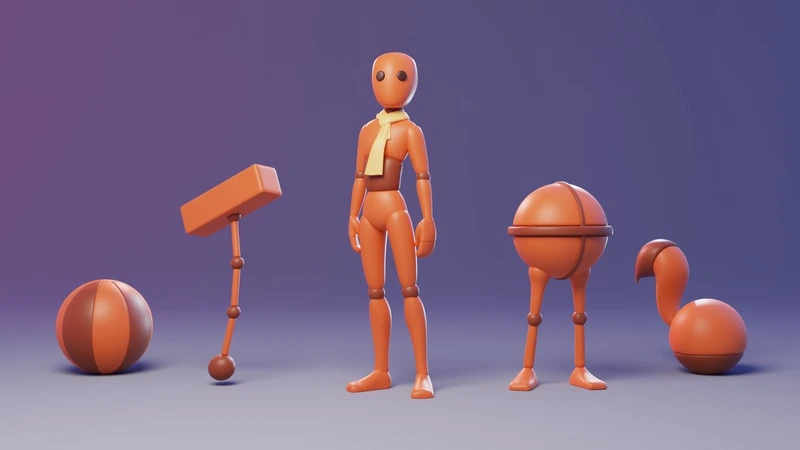
Rigging is a critical component in many areas of the animation and visual effects industry.
Rigging artists work in a variety of fields, including:
Film and Television
In the film and television industry, rigging artists create the realistic movement of characters, creatures, and props in animated films, live-action movies with CG elements, and TV shows.
The importance of correct rigging in animation production is evident through checking the history of this technique throughout time.
Blockbuster films rely heavily on rigged characters, especially in action scenes where creatures, robots, or animated human figures interact with live-action elements.
Rigging is also used in TV shows with heavy animation elements, such as children’s programming or animated series.
Video Games
Rigging is equally important in the video game industry, where characters, animals, and objects need to move interactively. Unlike in film or television, rigging for video games must allow for real-time interaction so that characters can respond fluidly to player inputs.
In this context, rigging artists may also work closely with game designers so the rigs work within game engines’ technical limitations and deliver the desired level of performance.
Virtual Reality (VR) and Augmented Reality (AR)
In VR, users interact with 3D characters and environments in real-time, and well-rigged models are essential to maintaining immersion.
Rigging artists working in VR and AR must create rigs that perform efficiently while having realistic movements.
Commercials and Advertising
Animated characters and elements are often used to attract audiences in marketing aspects.
Whether it’s a product mascot or a stylized version of a human, rigging artists help bring these characters to life for short-form content.
Rigging may also be used for objects like cars or electronic devices in commercials that need to move dynamically or exaggeratedly to bold out selling points.
Education and Simulation
Rigging is also used in educational tools and simulation software to make animations more interactive and informative. For example, medical simulations might use rigged human or animal models to demonstrate surgeries, anatomy lessons, or disease progression.
The Best Software Tools for Rigging Artists
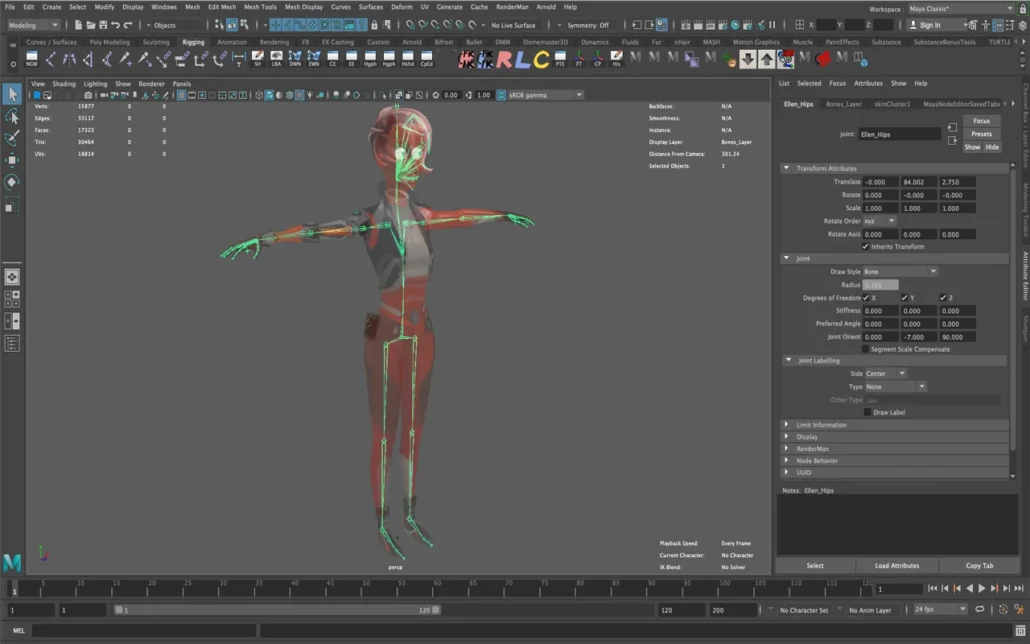
Rigging artists rely on various tools to create rigs and control systems for 3D models.
While many software packages are available, a few stand out as industry standards.
In the following, you can see some of the most commonly used tools in rigging:
Autodesk Maya:
Autodesk Maya is perhaps the most widely used software for rigging in the animation and visual effects industries.
Maya offers a comprehensive set of rigging tools, including joint creation, skinning, control rigging, and constraints.
This platform also provides scripting capabilities with MEL and Python for creating custom tools and automating repetitive tasks.
Maya’s flexible features make it a favorable choice for many rigging artists.
Blender:
Blender is a free, open-source 3D creation suite that is becoming increasingly popular among both independent artists and large studios.
Blender’s rigging tools are highly customizable and include features for character rigging, facial rigging, and more.
While Blender may not be as dominant in the industry as Maya, it is gaining popularity due to its accessibility and growing toolset. You can also gain more information on these two with our comparative article on Maya vs. Blender.
Autodesk 3Ds Max:
Autodesk 3D Studio Max is another powerful 3D modeling and animation tool with robust rigging capabilities. It is particularly popular for character and mechanical rigging in the video game industry.
3Ds Max includes features like biped and CAT (Character Animation Toolkit), which are specifically designed to streamline the rigging process for human characters. Its seamless integration with game engines makes it a favored tool among game developers.
Houdini:
Houdini is known for its procedural approach to 3D animation and rigging.
While Houdini is often used for complex effects and simulations, it also has powerful rigging tools for characters and creatures. Its procedural workflows allow for highly customizable rigs that can be easily adjusted, making It a popular choice for projects that require flexibility and iteration.
Rigging Artists Career Path: A Developing Landscape
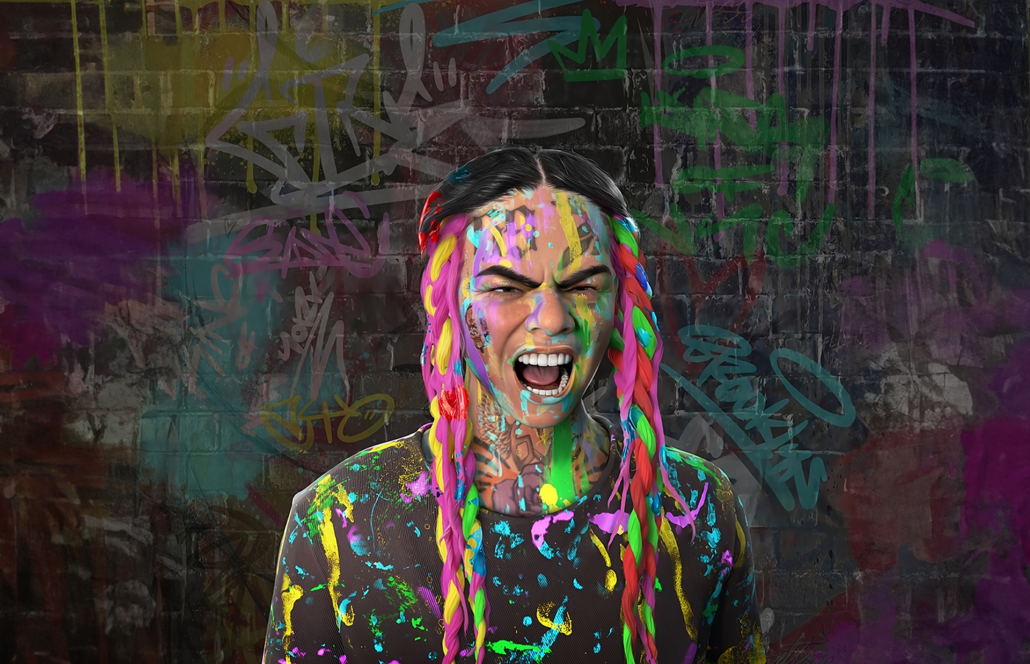
With the USA’s top rigging companies a leading part of the production industry, it’s evident that the rigging profession offers opportunities for growth and specialization.
Depending on an artist’s interests and skill set, there are several paths to take:
Entry-Level Positions:
Most rigging artists start in entry-level roles, such as junior or technical artists, assisting senior rigging artists with creating skeletons, controls, and deformation setups for 3D models.
Entry-level rigging artists may work on simpler assets, such as props or background characters.
Mid-Level Positions:
With more experience, rigging artists can move into mid-level positions with more responsibility and creative control.
They might work on more complex rigs, such as main characters or creatures, and collaborate closely with animators and modelers to ensure they meet the project’s requirements.
Senior and Lead Rigging Artists:
Senior or lead rigging artists supervise and direct the rigging process for projects. They are responsible for designing complex rigs, mentoring junior artists, and ensuring all rigs meet the production’s technical and artistic standards.
Technical Directors and Supervisors:
For rigging artists who want to move into leadership positions, becoming a technical director (TD) or rigging supervisor is a natural progression.
Rigging TDs oversee the technical aspects of the rigging process for an entire production, working closely with other departments, and are often responsible for developing and maintaining the rigging pipeline.
2024 Trends in Rigging: Where to Start?
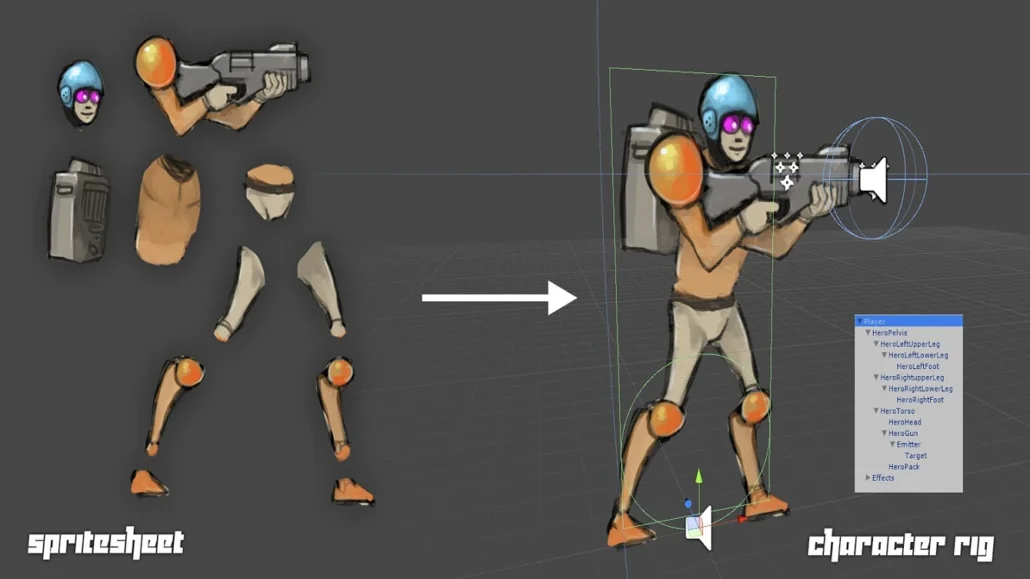
The rigging field is constantly evolving, driven by technological advancements and changes in the demands of the animation and visual effects industries.
Below are some of the key trends shaping the future of rigging:
Real-Time Rigging for Game Engines:
Rigging artists must create rigs that perform efficiently in real-time environments, using game engines like Unreal Engine and Unity for film, television, and virtual production.
This has led to a growing demand for optimized rigs that can handle real-time animation without sacrificing quality.
Procedural Rigging:
Procedural rigging, where rigs are generated automatically based on predefined rules, is becoming more popular as projects become more complex.
Tools like Houdini lead this trend, allowing artists to create procedural rigs that can be easily adjusted or replicated.
By defining a set of parameters and rules, rigging artists can automate the creation of rigs, saving time and ensuring consistency across the project.
Machine Learning and AI-Assisted Rigging:
AI-powered tools can now assist with certain aspects of rigging, such as weight painting, deformation, and even control setup. These tools can analyze a model’s geometry and automatically generate rigs optimized for movement.
While AI is still in its early stages in the rigging field, its potential to automate repetitive tasks and improve the overall efficiency of rigging is notable.
Rigging for Virtual and Augmented Reality:
In VR and AR, characters and objects must move interactively in response to user input, which places unique demands on the rigging process and an intuitive responsibility on the artists since they must create rigs that move realistically and respond seamlessly to the user.
Integration with Motion Capture:
Motion capture (MoCap) is increasingly integrated into rigging, especially in high-end film and video game productions.
Rigging artists are responsible for setting up highly responsive and translatable rigs that can interface with motion capture data, allowing the captured movements of real actors to drive the animation of 3D characters.
Final Words
Rigging artists are pivotal in the 3D animation and visual effects pipeline, creating complex control systems for realistic movements.
Rigging artists ensure the final animations are smooth, expressive, and believable by building skeletons and control rigs, refining deformations, and collaborating with animators.
The rigging field is both technical and artistic, requiring a deep understanding of anatomy, mechanics, and software tools.
The career path offers many growth opportunities for aspiring rigging artists. With the increasing demand for high-quality 3D animation services in film, television, video games, and immersive experiences, rigging artists’ skills are more valuable than ever.
